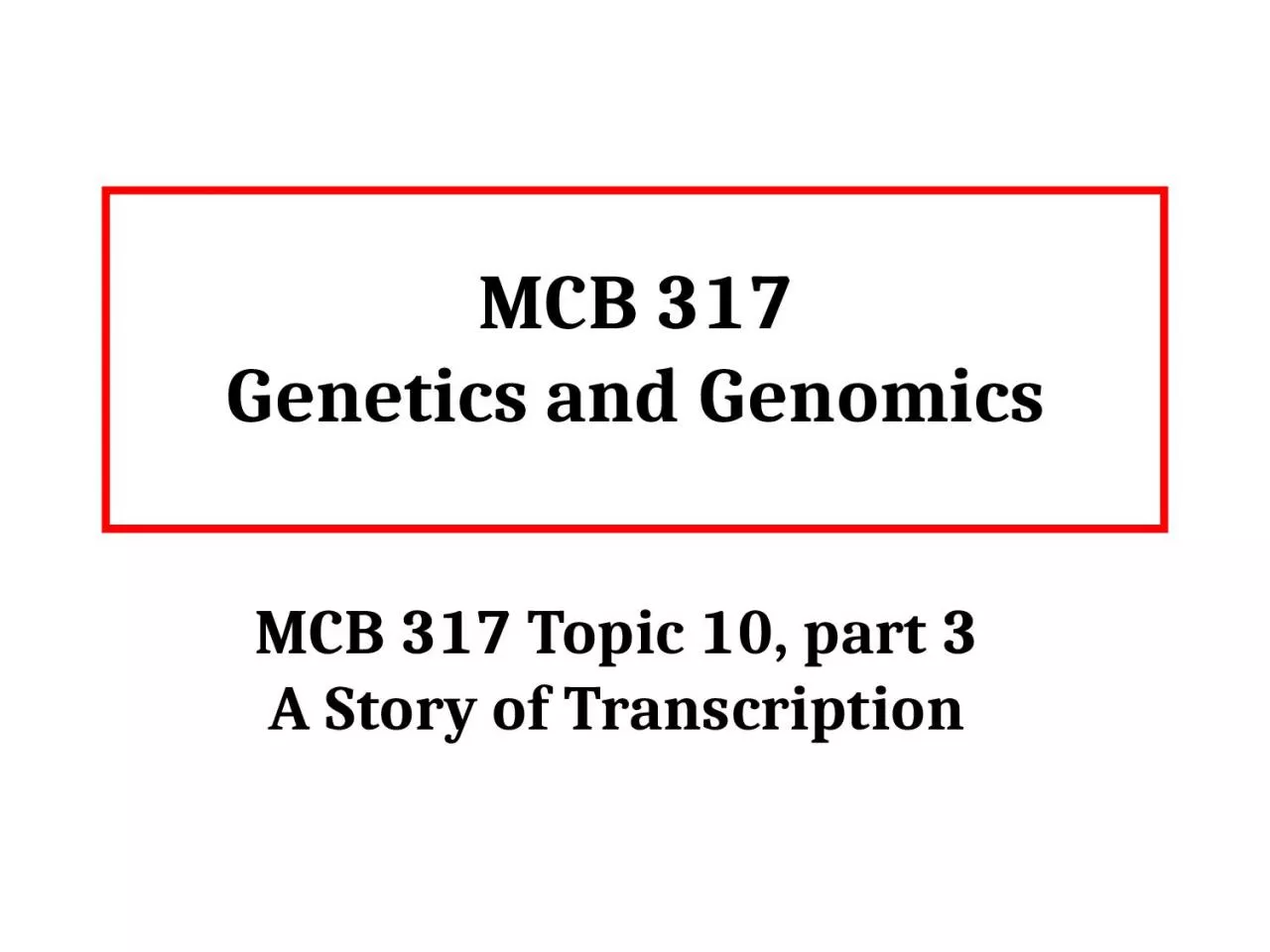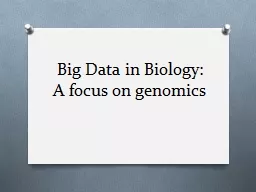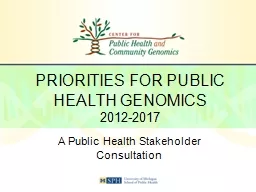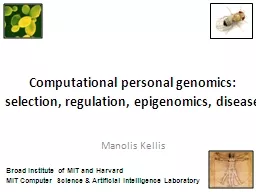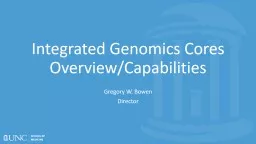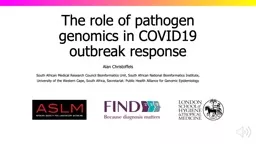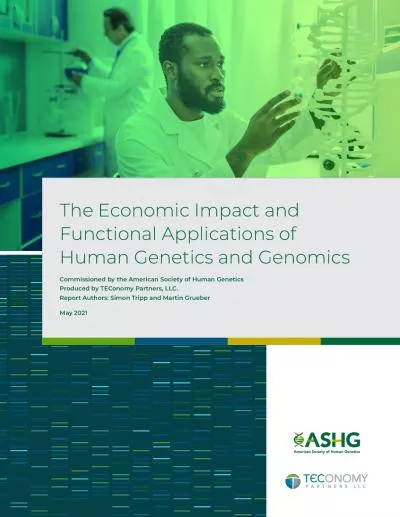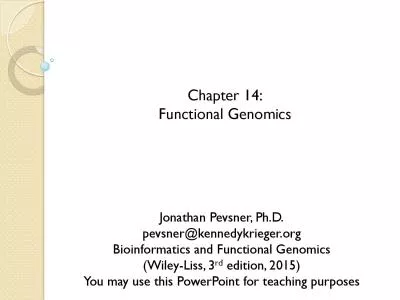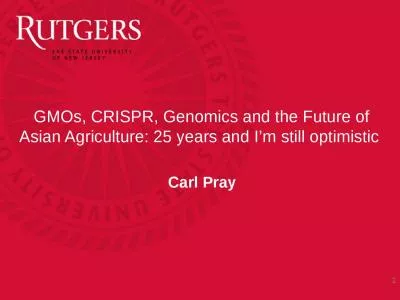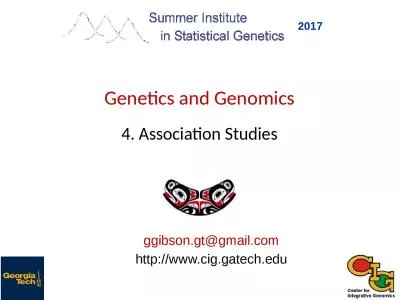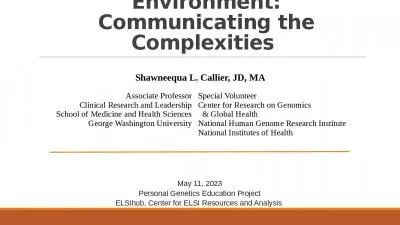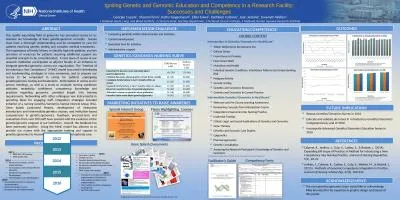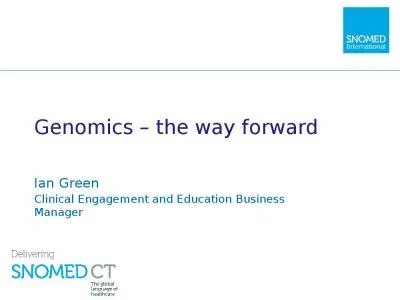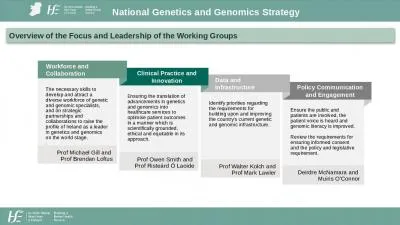PPT-MCB 317 Genetics and Genomics
Author : skylar | Published Date : 2024-03-13
MCB 317 Topic 10 part 3 A Story of Transcription Why are Acitvators cartooned as two balls held together by a tether Coactivators amp chromatin remodeling complexes
Presentation Embed Code
Download Presentation
Download Presentation The PPT/PDF document "MCB 317 Genetics and Genomics" is the property of its rightful owner. Permission is granted to download and print the materials on this website for personal, non-commercial use only, and to display it on your personal computer provided you do not modify the materials and that you retain all copyright notices contained in the materials. By downloading content from our website, you accept the terms of this agreement.
MCB 317 Genetics and Genomics: Transcript
Download Rules Of Document
"MCB 317 Genetics and Genomics"The content belongs to its owner. You may download and print it for personal use, without modification, and keep all copyright notices. By downloading, you agree to these terms.
Related Documents

